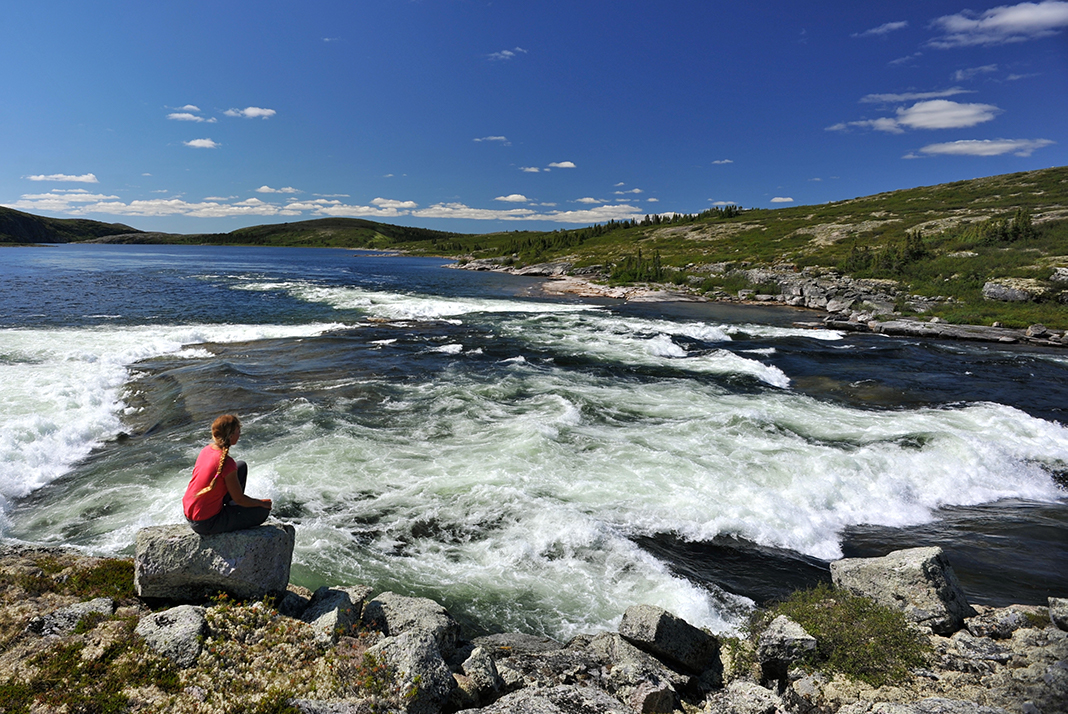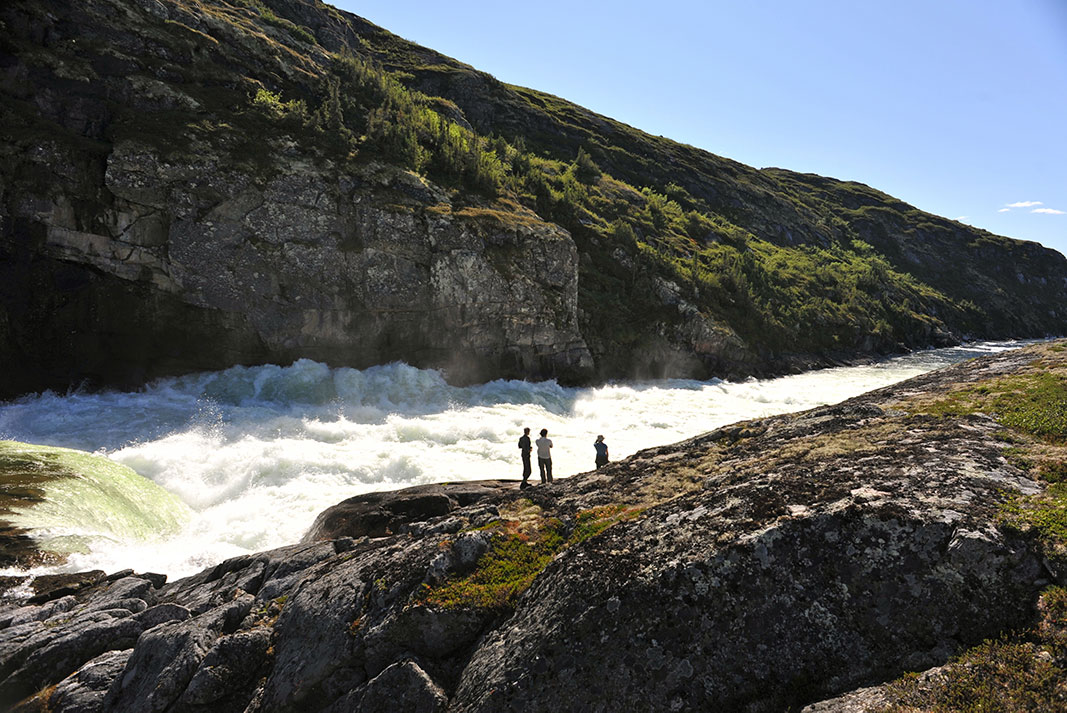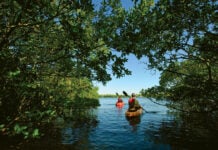We all have a list of dream rivers. Carefully curated beta from stories read, conversations overheard and Instagram pages followed. Of course, making a multiday river trip happen entails more than merely making lists.
We imagine the day when we will have finally gathered all the info, mastered the requisite skills, organized the myriad logistics, and miraculously aligned permits and paddling friends’ schedules. But with so many moving parts, transforming Monday morning’s fantasy into an actual river trip can be overwhelming.
Fortunately, there is an easier way: treat yourself to a fully supported trip down the river of your choice. With 3.5 million river miles in the United States and many more in Canada, there’s likely no shortage of options relatively close to home. So, whether you embark on a local adventure this year or plan next year’s far-flung escape, booking now turns reverie into reality.
Not sure if it’s worth the splurge? Here are 11 more great reasons to indulge.
Time travel
From the moment you first push into the current, you’ll find yourself on river time. Days are measured not in minutes but in river miles and sunrises over canyon rims. You’ll lose track of what time it is, even what day of the week. Forget about cell service, notifications and the anxious, over-stimulated frenzy of everyday life. River time is a simpler time; it’s about going with the flow and embracing the natural rhythms of life on the river.
Speaking of flow, cognitive research shows that being on or in the water helps us enter flow state, where our analytical minds yield to the parts of our brains responsible for daydreaming. This only confirms what river trippers have long known—when you need to relax and recharge, find your nearest put-in.
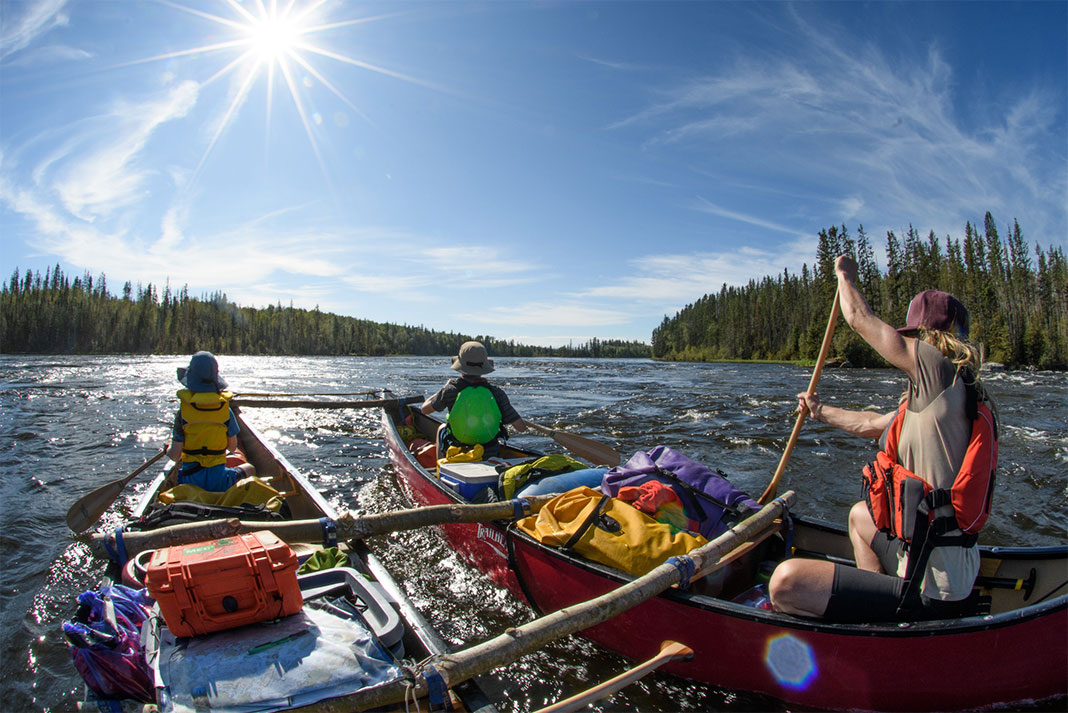
Ever-changing vistas
Compare a river trip to, say, a coastal journey or paddle-and-portage route and one fundamental difference comes into focus: the view from your bow. Where paddling on lakes and seas can be a meditative exercise in watching distant points inch into view, and then just as slowly fall behind, a river descent offers up new and dramatic sights around every meander. In a single day, you may witness serrated mountain vistas, sheer canyons thousands of feet deep, dense forests, dramatic waterfalls, thrilling rapids, quiet reaches and everything in between.
Add continuously changing elevation and ecosystems to the linear distance traveled, and you can’t beat a river trip for variety. Not only that, river trips grant paddlers incredible access to remote wilderness areas that few people get to see, including way-off-the-beaten-path locations in our national parks and wild and scenic rivers from coast to coast.
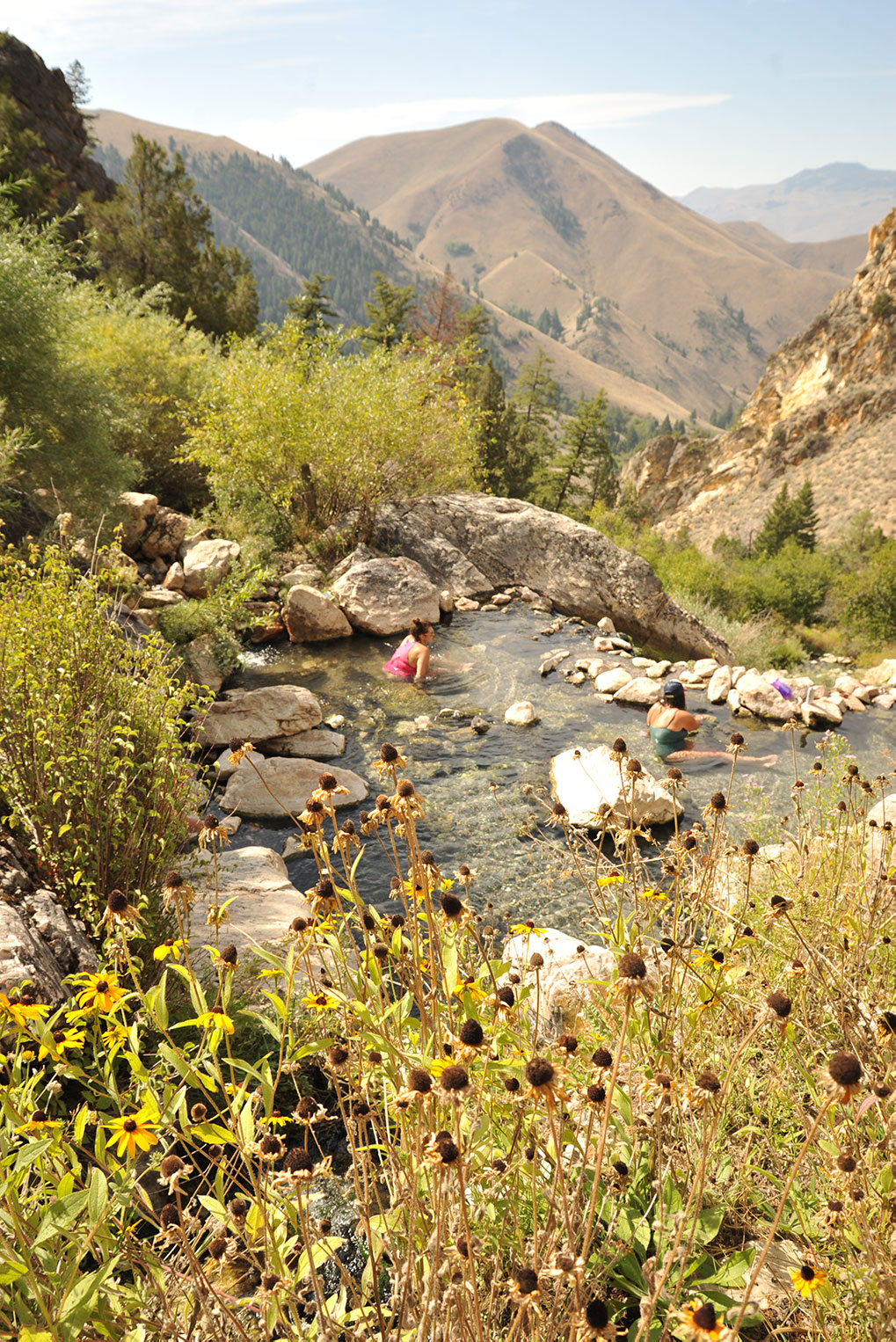
Hot springs. ‘Nuf said
Where rivers travel along ancient geologic faults, their canyons may hide wild waters of a different nature. All that fractured rock can act as a conduit for rain or groundwater to penetrate deep underground, where it circulates through superheated rock before reemerging on the Earth’s surface as steamy hot springs. Rich in dissolved minerals, these wilderness spas may smell like rotten eggs, but they feel like heaven.
Hot springs with a temperature between 90 and 105°F offer the finest soaking, but several factors affect just how hot a hot spring will be. The temperature of that blissful bath is dependent on the heat supplied at depth (for every 1,000 feet of depth, groundwater is heated by an additional 10–15°F), the rate at which the water flows and whether there is a mixture of cooler groundwater into the flow of hot water. If it all sounds a bit like Goldilocks searching for “just right,” don’t despair—paddle-perfect thermal pools can be found on the Nahanni River in Canada’s Northwest Territories, New Mexico’s Rio Chama and Idaho’s Main Salmon River, to name a few.
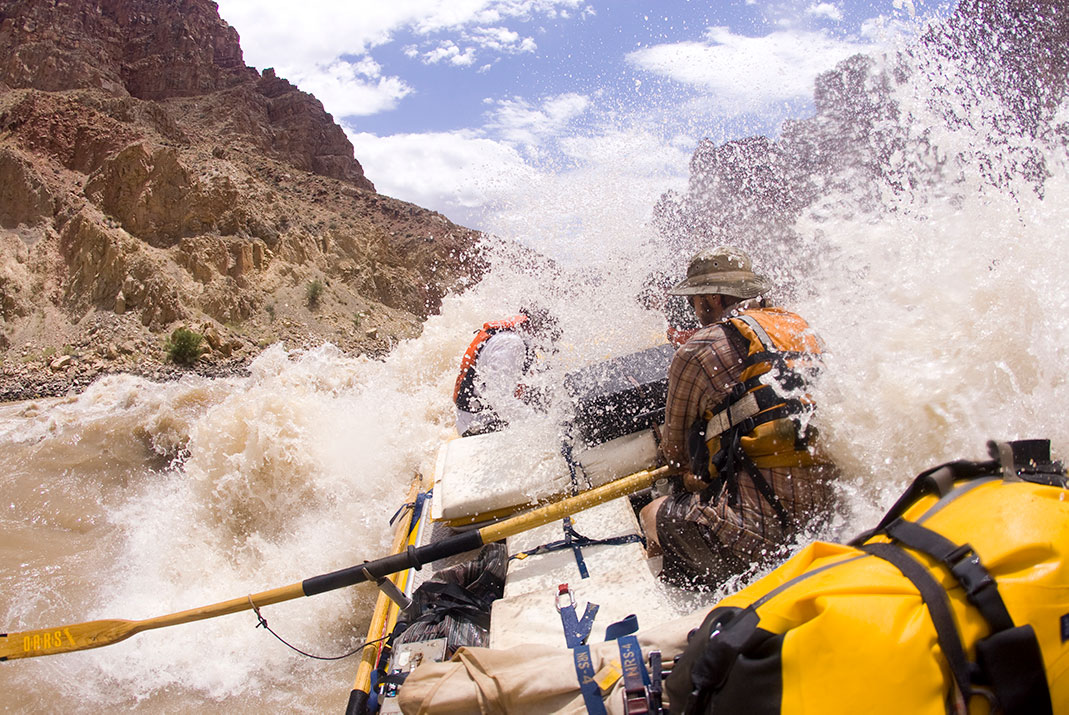
Great guides
Guides are the voice of the river. Pondering how the Nahanni River’s four famous canyons became the deepest river gorges in all of Canada? Wondering about boreal forest ecology on Quebec’s Magpie River? Or curious why ancient peoples painted pictographs high above Idaho’s Middle Fork of the Salmon? Guides answer questions, share stories and dispense interpretive nuggets with the same quiet competence and measured pace with which they row the most technical rapids.
Unlike even the most detailed guidebook, professional guides offer a human connection to the river—a familiarity and affinity for the canyons, valleys and tundra cultivated through years of observing, studying and inhabiting these environments. Oh yeah, and guides are also great company and great cooks. Which leads us to…

Feast on backcountry gourmet
Outfitters know delicious meals are a key part of the downriver experience. Menus range from satisfying comfort food—think bacon and egg breakfasts, black bean tacos and grilled salmon—to campfire haute cuisine. Meticulous planning and packing ensure paddlers enjoy delicate salads and perfectly ripe fruit throughout the trip. Evening meals often include freshly baked bread, wine pairings and hot-from-the-Dutch-oven dessert. Guides are happy to share recipes; lend a hand in the camp kitchen and you’re sure to pick up a few new favorites to wow the folks back home.
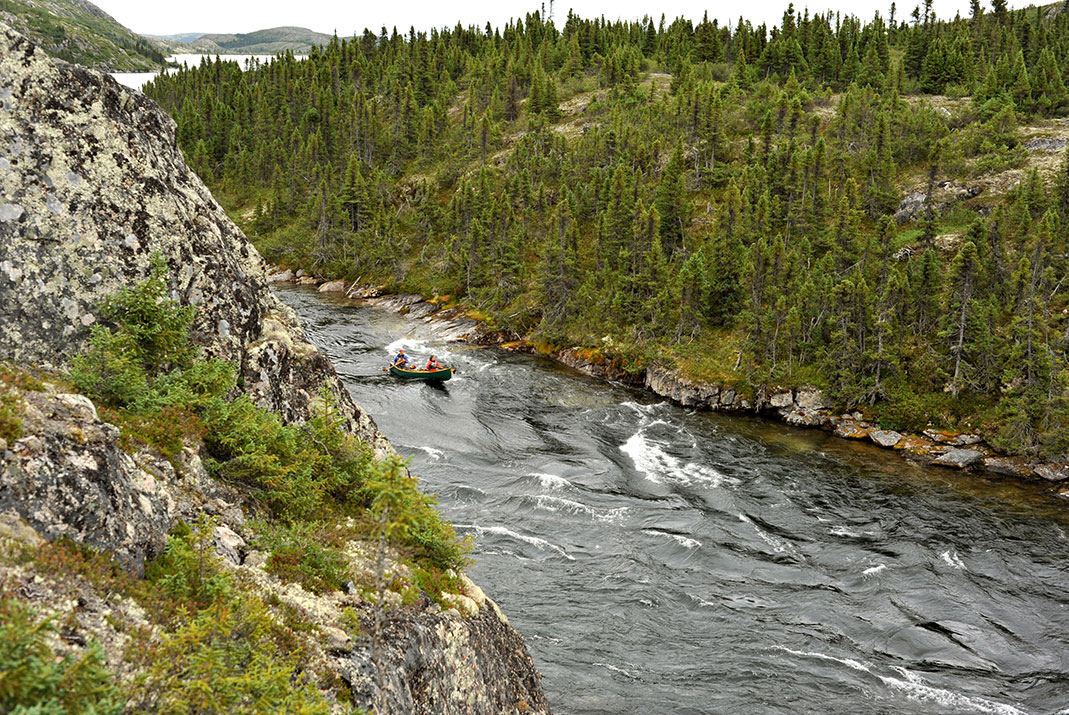
Get dependable gear advice
Going with the professionals is a great way to field test equipment or perfect your packing list for your next trip. Even seasoned campers are likely to learn a few new tricks—whether you’re taking notes on what it takes to build the ultimate oar rig, comparing heavy-water canoe designs or simply searching for the world’s best tripping pant.
Each region presents unique challenges and opportunities, requiring river trippers—and their gear—to adapt and specialize. Rafting through the world’s largest non-polar ice cap on the Tatshenshini and Alsek Rivers in the Yukon, northern B.C. and Alaska while glaciers calve icebergs just off your bow makes it easy to keep the beer chilled, but tricky to keep fingers and toes warm. In the American West, where rivers and river tripping traditions run deep, nimble wooden dories share the water with inflatables. Discovering the different approaches inspired by infinitely varied landscapes is one of the joys of becoming a repeat river tripper.
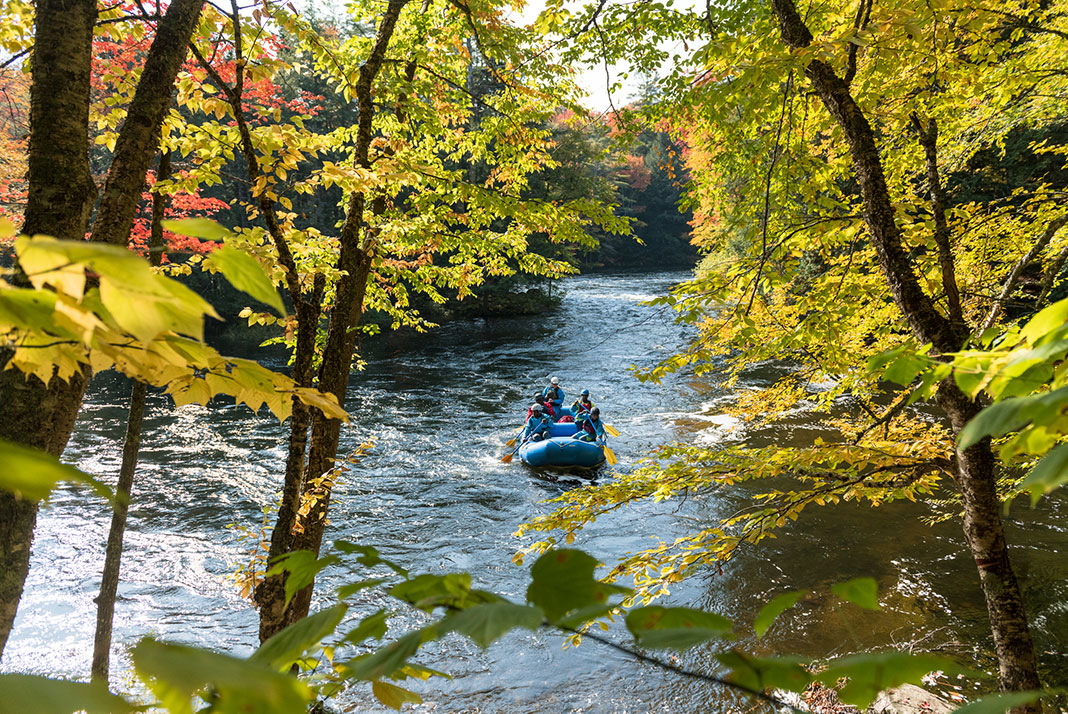
Make new friends Get closer to the ones you love
River trips are social experiences. Until recently, crewing and camping on a commercially guided trip meant you could expect to mingle—in rafts or canoes, on scenic hikes, at meals and around impromptu kubb courts and beach bocce tournaments. The 2020 and 2021 tripping seasons proved river trips could still be done safely and enjoyably in a pandemic—albeit somewhat differently.
Going forward, expect more hand washing, enhanced pre-trip health screening, hand washing, equipment sanitation and, yep, even more hand washing. According to current best practices, guides and guests will continue to practice physical distancing during shuttles, meals and camp activities. On the river, each family or social pod—a.k.a. quaranteam—will be assigned their own private raft and equipment for the duration of the trip. So, while group hugs might be out, you’ll be sharing even more time with the ones who matter most.
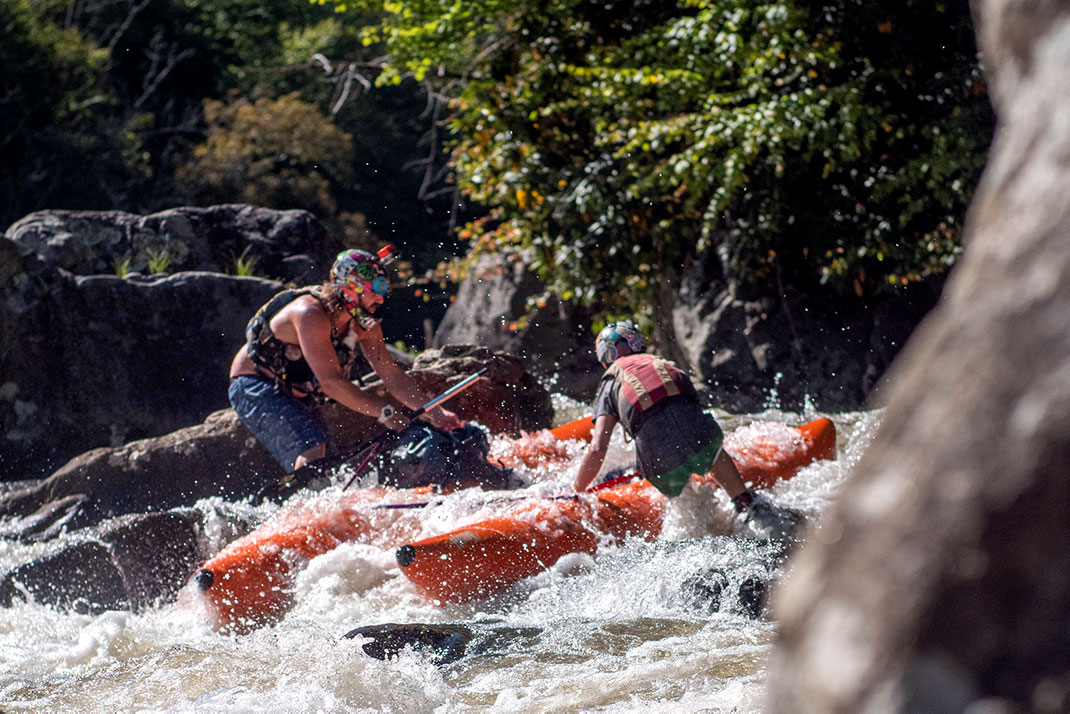
Perfect pandemic vacation
National parks, retailers and outfitters saw a record demand to get outside last summer. After a year spent mostly at home, that’s not surprising—especially since experts report outdoor transmission of COVID-19 is uncommon. Where pandemic restrictions were loosened, outfitters got back to business.
While trip operators will continue to abide by pre-screening protocols, sanitation procedures and physical distancing, paddlers must travel responsibly. Follow local recommendations, wear a face covering where appropriate, continue to physically distance and be mindful of the impact you could have on the communities you travel through. As travel restrictions vary from region to region and may change day to day, it’s essential to stay up to date on the current information.
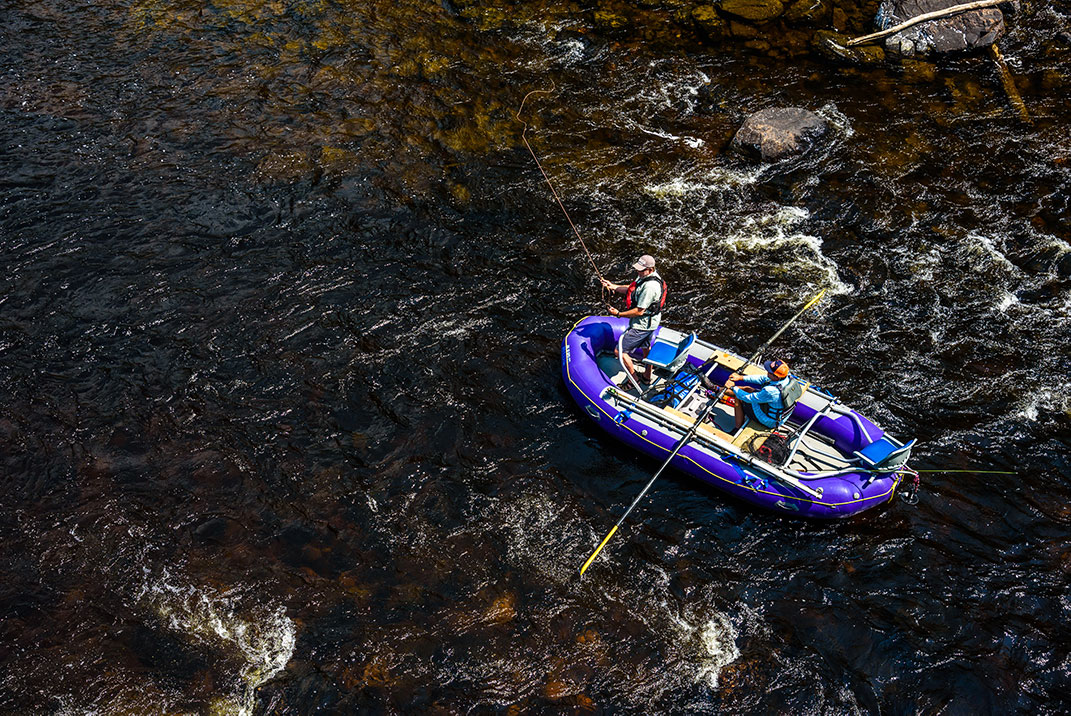
Fish the finest holes
Whether you are a serious angler or just starting to develop your fishing skills, nothing compares with fishing from a drift boat far from the pressures of road or powerboat access. Oar-rigged dories and rafts can perch at the edge of rapids to fish the smallest, most isolated pockets. Every river hides these elusive honey holes, whether it’s on your bucket list or in your backyard.
Go with a guide and you will not only be keeping your hands free for casting, you’ll be tapping into a rich source of local knowledge and tactics. Learn the Rogue River twitch technique to land hungry steelhead in southern Oregon, compare the merits of gnats versus nymphs while stalking Arctic grayling in the Yukon, or master dry fly fishing for colorful rainbow and ferocious brown trout on California’s Tuolumne River.
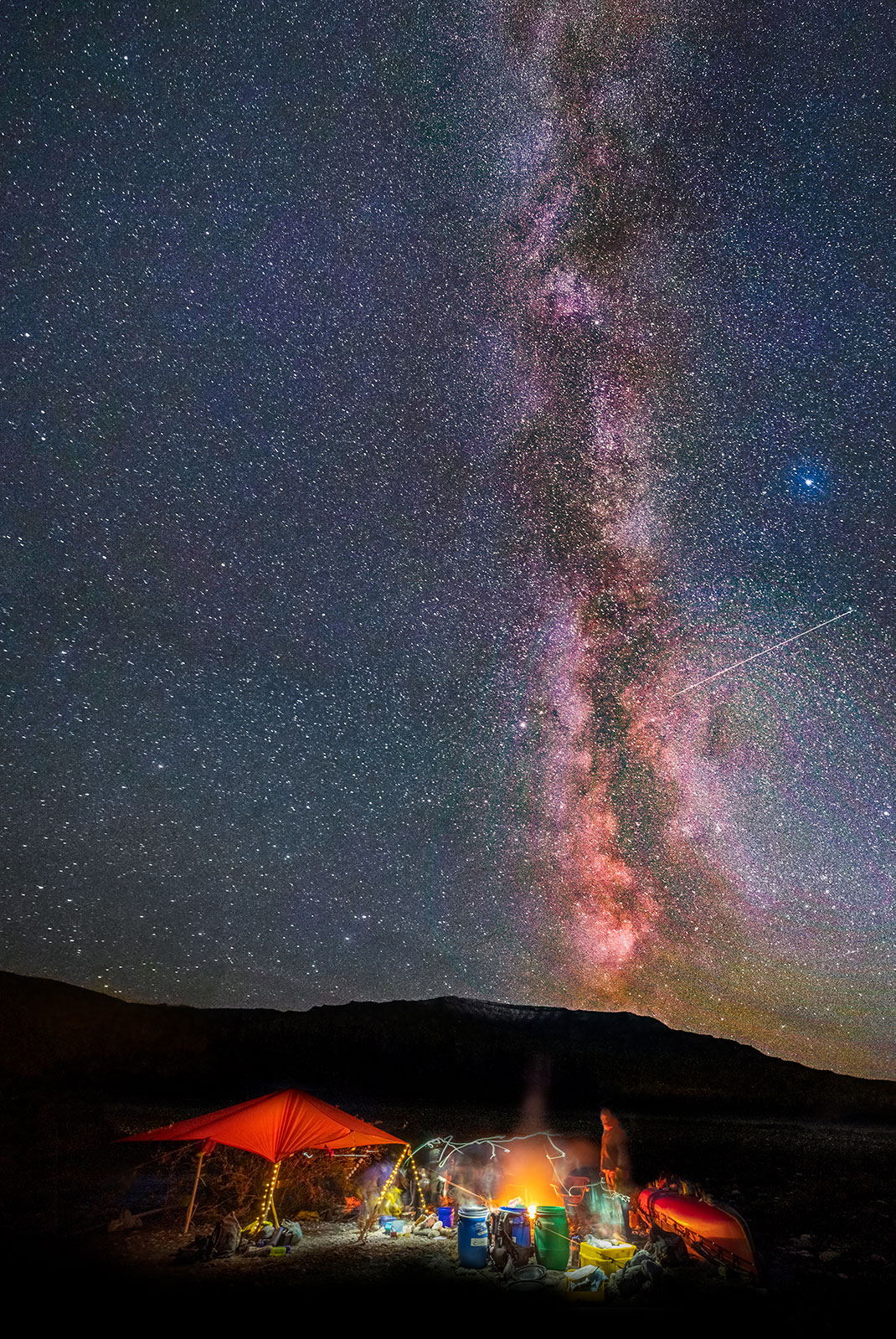
Unforgettable campsites
River campsites are as varied as the waterways themselves—from nestling beneath northern lights on the Northwest Territories’ Thelon River to watching thousands of stars tack up a river of sky from the depths of Utah’s Lodore Canyon. It could be a river’s constant renewal, or the brain-bolstering bounce of all those negatively charged ions dancing between water and sky, but there’s nothing quite like camping beside moving water. In his best-selling book, Blue Mind, marine biologist Wallace J. Nichols explores how splashing waves or falling water calm your brain, among the many other benefits to emotional and physical health we experience just by being near water. No wonder we sleep so well on the river.

Bring a first-timer
No experience? No problem! River trips can be accessible. Few pursuits democratize the wilderness experience as effectively as rafting, canoeing and inflatable kayaking. Guided trips make it possible for any novice to enjoy the magic of moving water—from timid beginners who prefer the comfort and stability of an expedition raft, to adventurous first-timers who want the freedom of their own kayak. Whether you crave a gentle, scenic float trip or high-adrenaline whitewater descent—there’s truly a river trip for everyone.
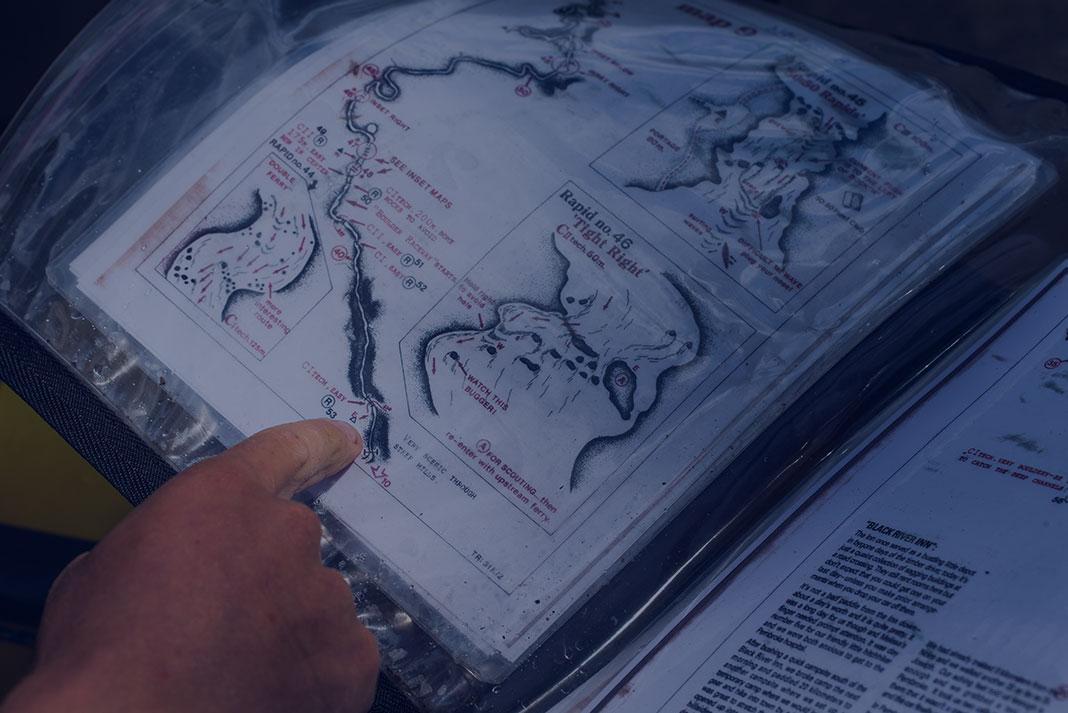
Perhaps the best reason to begin planning and book a river trip now is that it means you’ll actually go. Explore the Paddling Trip Guide online to find even more rivers, outfitters and inspiration.

This article was first published in Paddling Magazine Issue 64. Subscribe to Paddling Magazine’s print and digital editions here, or download the Paddling Magazine app and browse the digital archives here.
Virginia Marshall is a former editor of Rapid and Adventure Kayak magazines. She’s spending this summer as a sea kayak guide on Lake Superior.


